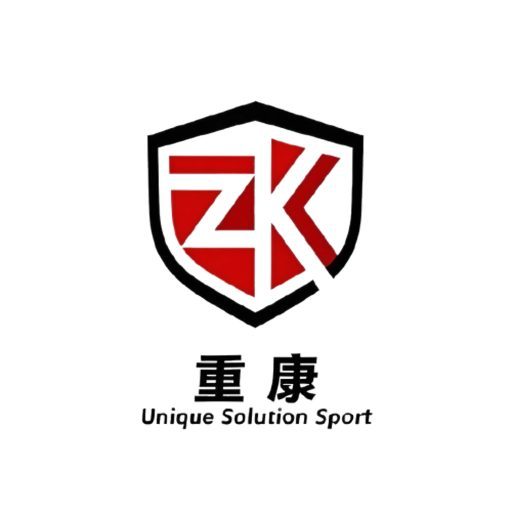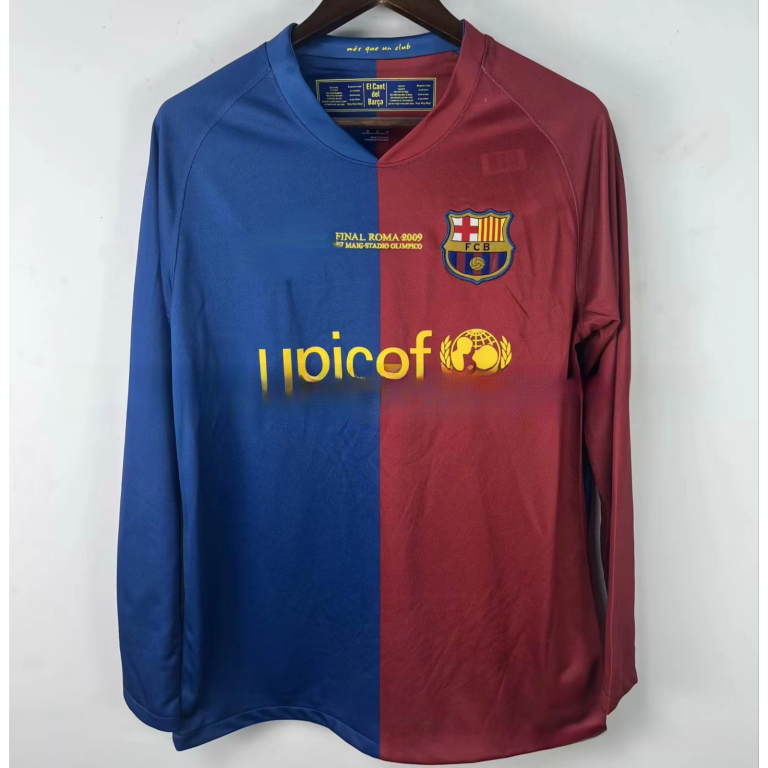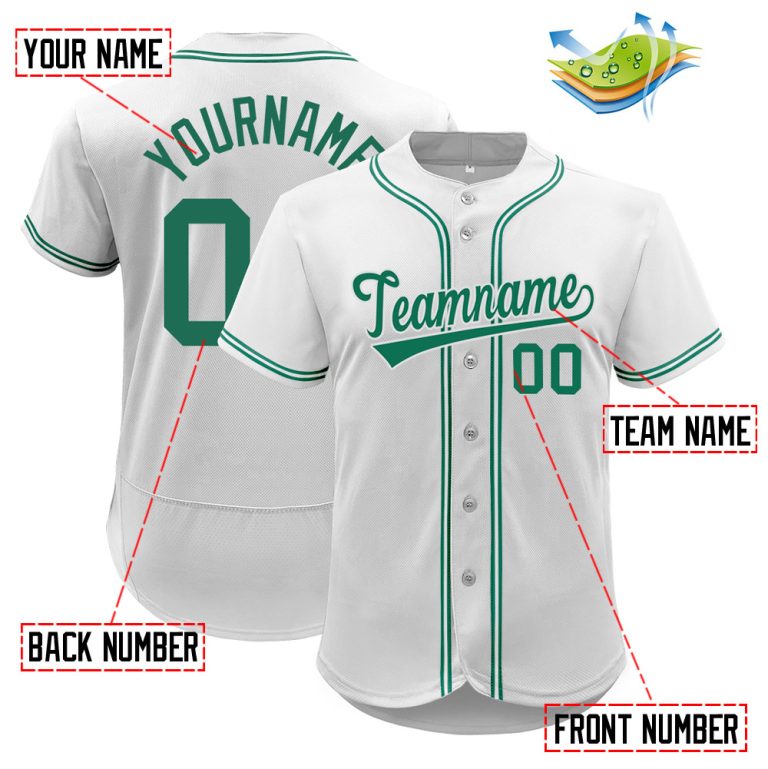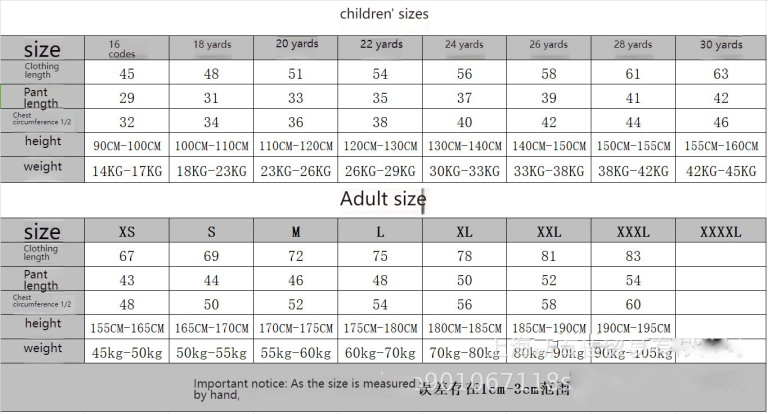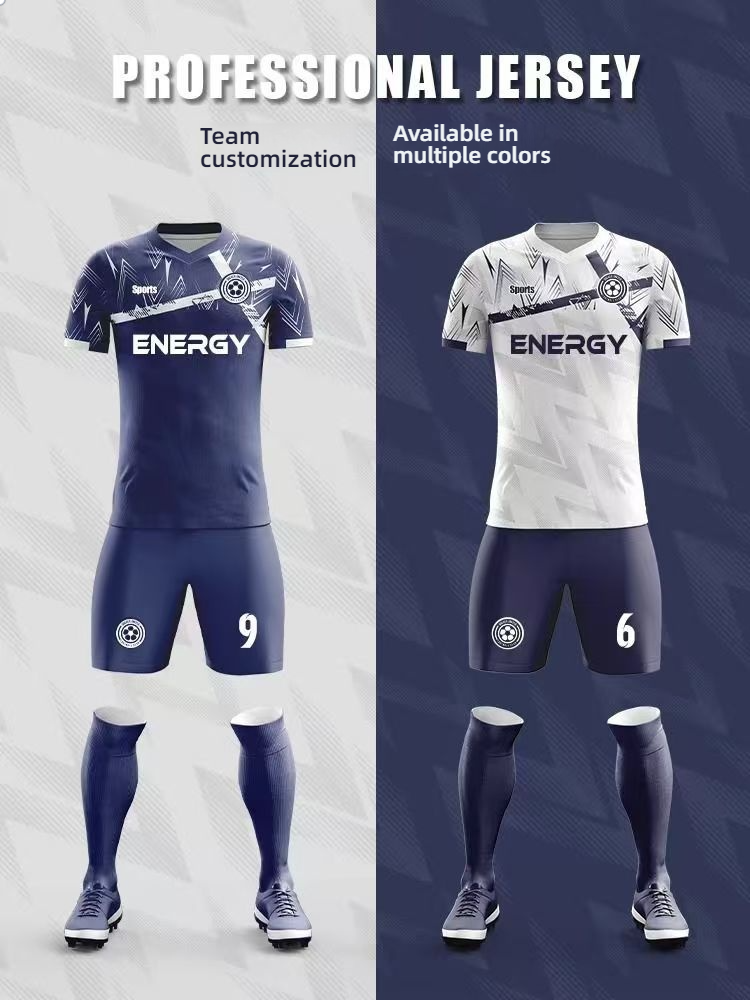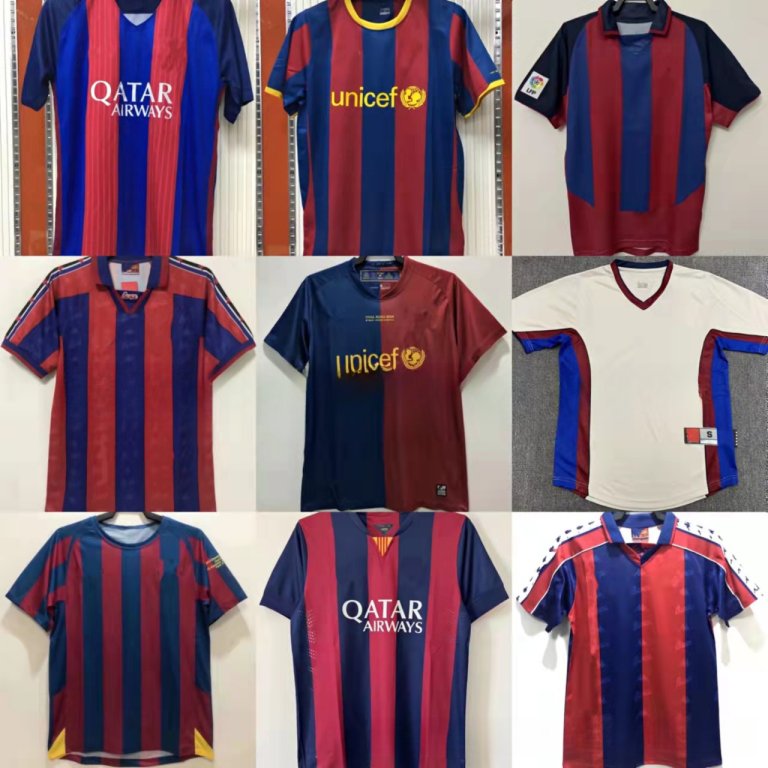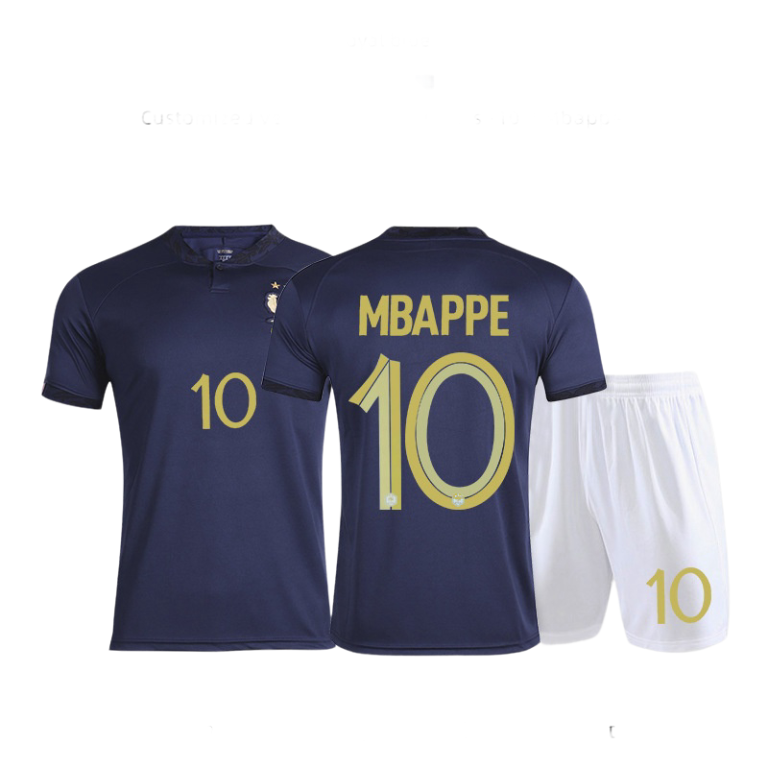Sports Jerseys en Espanol: Market Dynamics and Trends in the Spanish-speaking Sports Jersey Industry
Sports jerseys, as an integral part of sports culture, not only carry the spirit of sports but also serve as a bridge connecting brand image with consumer emotions. With the rise of sports fashion, the market for sports jerseys is showing a trend of diversification and personalization. This article will delve into the market dynamics, design elements, production technologies, and case studies of successful brands in the sports jersey industry, providing reference for industry professionals.
Sports Jersey Industry Overview
within the international sports garb marketplace, sports jerseys function iconic gear for athletes, wearing the emblem image and spirit of movement. This enterprise encompasses the entire technique from layout, manufacturing, to income, and possesses high business fee and market capability.
In terms of layout, sports activities jerseys have to meet purposeful requirements consisting of breathability, moisture-wicking, and durability, even as additionally reflecting a sense of favor and logo character. Designers continuously studies and innovate, integrating technological elements into the layout, which include clever temperature manipulate and antibacterial scent prevention, to beautify the comfort and overall performance of the jerseys.
at some stage in the manufacturing segment, jersey factories utilize advanced automatic system and era to ensure manufacturing efficiency and best. From the selection of material to reducing and stitching, every step undergoes strict quality control to make certain the top notch performance of the very last product.
With the development of globalization, the sports jersey industry additionally shows an global fashion. worldwide manufacturers are entering the chinese market, while domestic brands are actively expanding into remote places markets. The Spanish-speaking marketplace, as one of the important football markets globally, holds huge importance for the sports activities jersey industry.
in the Spanish-speaking marketplace, customers’ possibilities for sports activities jerseys are diverse. On one hand, they are trying to find , high-performance jerseys, and on the other hand, they have a excessive demand for brand culture and design style. This makes the sports jersey industry face intense competition in the Spanish-speaking market.
to meet the various wishes of customers, the sports jersey industry continuously introduces new products, inclusive of custom designed jerseys and restricted version jerseys. these products no longer most effective improve the market options however also create additional sales streams for manufacturers.
In terms of marketplace trends, sustainability has come to be a primary trend within the sports jersey enterprise. The software of fabrics and biodegradable substances is becoming mainstream, which not simplest allows defend the environment but also aligns with customers’ environmental recognition.
As for customer choices, young generations are more willing towards personalized and stylish jerseys. they are willing to pay better expenses for jerseys with precise designs, restricted variants, or co-branded releases.
In terms of case research, some the world over famend manufacturers like Nike and Adidas have executed vast success in the sports activities jersey enterprise. via continuous innovation and logo constructing, they’ve earned client agree with and marketplace recognition.
The sports jersey enterprise is a field brimming with power and challenges. With the advancement of era and the evolution of purchaser demands, this industry is anticipated to hold a growth momentum, bringing extra exhilaration to the global sports apparel marketplace.
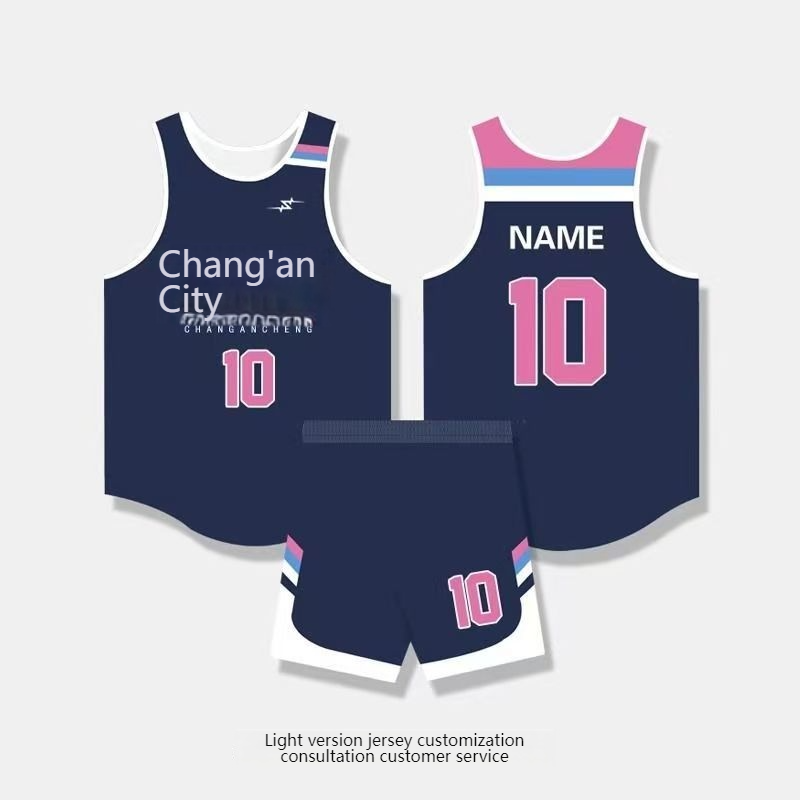
The importance of the Spanish-speaking market
The Spanish-speaking market holds a significant position globally, particularly in the sports apparel industry, and its importance cannot be overlooked. The following are several key points regarding the Spanish-speaking market in the sports jersey industry:
-
Population Size and Consumer PowerThe Spanish-speaking countries have a large population, with a substantial consumer base. As economic levels rise, there is an increasing demand for high-quality sports apparel among consumers. As a crucial component of sports equipment, sports jerseys have immense market potential.
-
Rich Football Cultural HeritageSpain boasts a deep-rooted football culture, with football being one of the most popular sports among the nation. The active football events, such as the La Liga, attract a large number of fans, leading to a high demand for sports jerseys.
-
Intense Brand CompetitionThe Spanish-speaking market is home to numerous international sports brands, such as Adidas, Nike, and Puma, which have a high market share locally and face intense competition. Sports jerseys, as an important showcase for brand images, are in high demand as brands compete to launch innovative and functional products.
-
Rise of Local BrandsIn addition to international brands, Spanish domestic brands like Real Madrid Club de Fútbol and FC Barcelona’s jerseys are also highly favored by consumers. These brand jerseys not only sell well domestically but also have a high profile in the international market.
-
Fashion and Sports FusionConsumers in the Spanish-speaking market have a high acceptance of sports jerseys that combine fashion with sport. Sports brands focus on incorporating fashion elements into their product designs, making sports jerseys not only functional but also stylish.
-
Rise of E-commerceWith the rapid development of e-commerce, consumers in the Spanish-speaking market are increasingly inclined towards online shopping. Sports jersey brands are expanding their sales channels through e-commerce platforms to meet the demand for convenient shopping.
-
Sustainability TrendConsumers in the Spanish-speaking market are increasingly concerned about sustainability and environmental protection. Sports jersey brands are increasingly focusing on sustainability in material selection, production processes, and packaging to cater to market demands.
-
Regional Differences and Market SegmentationThe Spanish-speaking market covers multiple countries and regions, such as Spain, Argentina, and Mexico, each with its own consumer habits and cultural backgrounds. Brands need to segment the market according to different regions to launch sports jersey products that meet local consumer demands.
In summary, the importance of the Spanish-speaking market in the sports jersey industry is evident in its large consumer base, rich football cultural heritage, intense brand competition, the fusion of fashion and sports, the rise of e-commerce, sustainability trends, and regional differences and market segmentation. For sports jersey brands, understanding and mastering this market will help to enhance brand influence and market share.
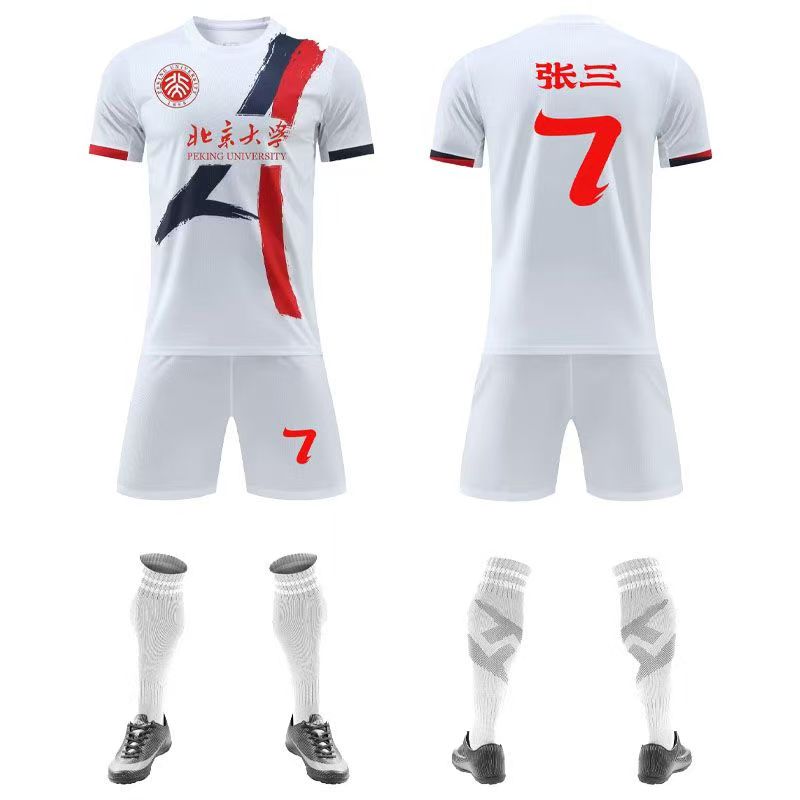
Key Points for Analyzing Football Shirt Design
The design of soccer jerseys is a direct embodiment of the brand image and the athletes’ elegance. Here is an analysis of its key points:
Color Coordination: Color plays a crucial role in jersey design. Designers must consider color psychology and choose appropriate colors based on the sport, brand positioning, and target market. For example, football jerseys often feature bright colors to attract viewer attention, while basketball jerseys may place more emphasis on the team’s branding colors.
Brand Logo: The layout and size of the brand logo on the jersey significantly impact brand visibility. Designers must ensure that the logo is clearly visible without compromising the jersey’s overall aesthetics and functionality. The position, shape, and material of the logo should also harmonize with the jersey’s overall style.
Number and Name: The player’s number and name are indispensable parts of the jersey. The font selection should be simple and easy to read, consistent with the jersey’s overall style. The arrangement of the number and name should be reasonable, easy for viewers to identify, and avoid obstruction.
Functional Design: Jerseys must not only be aesthetically pleasing but also possess good athletic performance. The choice of fabric should focus on key indicators such as breathability, quick-drying, and elasticity. Additionally, the cut of the jersey should adapt to human ergonomics, reducing during movement and improving comfort.
Special Features: Depending on the specific needs of the sport, jerseys may need to have special features. These could include UV protection, antibacterial odor prevention, smart temperature control, and more. These features should be designed without affecting the jersey’s appearance or comfort.
Detail Handling: Details make or break a design, and the attention to detail in jersey design is no exception. Elements such as zipper pulls, pocket design, and label material all require careful design to be both practical and aesthetically pleasing.
Pattern and Decoration: Patterns and decorations are highlights in jersey design, reflecting the team’s culture and regional characteristics. The design of patterns should be simple and generous, avoiding complexity that may distract attention. The selection of decorations should also match the jersey’s overall style.
Material Innovation: With technological advancements, new materials are continuously emerging. Designers can use these new materials to enhance the performance of jerseys, such as nano-coatings and smart fibers, making jerseys more environmentally friendly and sustainable.
In summary, jersey design is a multi-dimensional and comprehensive process that requires designers to have an in-depth understanding and application of various knowledge areas, including sports, aesthetics, and materials science.

Production process and technology
The process of producing sports team jerseys involves multiple stages, each with its specific key technologies described as follows:
-
Fabric Selection and Treatment: The choice of fabric is crucial for determining the performance and comfort of the jersey. Common fabrics include polyester, cotton, and polyester fibers. Before production, the fabric must undergo pre-treatment, such as degreasing, de-wrinkling, and decontamination, to ensure the smooth progress of subsequent processes.
-
Cutting and Assembly: After pre-treatment, the fabric moves to the cutting stage. Based on design drawings, professional cutting equipment is used for precise cuts. The cut fabric then needs to be assembled, with attention to the symmetry of color and patterns, as well as the neatness of the seams.
-
Printing and Embroidery: The patterns and logos on jerseys are typically applied using printing or embroidery techniques. Printing technologies include screen printing and thermal transfer, while embroidery is suitable for complex patterns and fine logos. The printing and embroidery processes must ensure vibrant colors and clear patterns.
-
Seaming Techniques: Seaming is the core part of jersey production. This includes stitching, hemming, and pocket sewing. The seaming process requires even and sturdy stitching to prevent unraveling. In modern jersey production, the use of computer-programmable sewing machines and other automated equipment has improved production efficiency and product quality.
-
Functional Design: Modern sports jerseys emphasize functionality, such as breathability, moisture-wicking, and antibacterial properties. During production, functional materials such as nano-silver and breathable membranes are embedded in the fabric, and special processing techniques are used to ensure that these functions are not affected by stitching.
-
Quality Inspection: After production, jerseys must undergo strict quality inspections, including appearance checks, size measurements, and functional tests. Non-conforming products are returned for reprocessing or discarded.
-
Packaging and Logistics: Qualified jerseys are packaged according to order requirements. Packaging materials must be environmentally friendly and durable to ensure product integrity during transportation. The logistics process must ensure that jerseys are delivered to customers on time.
-
Environmental Protection and Sustainability: With the increasing awareness of environmental protection, research and application of eco-friendly materials and technologies in jersey production are becoming more prevalent. This includes the use of biodegradable materials, reducing energy consumption, and lowering wastewater discharge to achieve sustainable development.
Every stage in the production of sports team jerseys requires strict control to ensure that the final product meets the needs of athletes, while also considering aesthetics, comfort, and functionality. With the continuous advancement of technology, jersey production techniques are also constantly innovating, bringing better product experiences to sports enthusiasts.
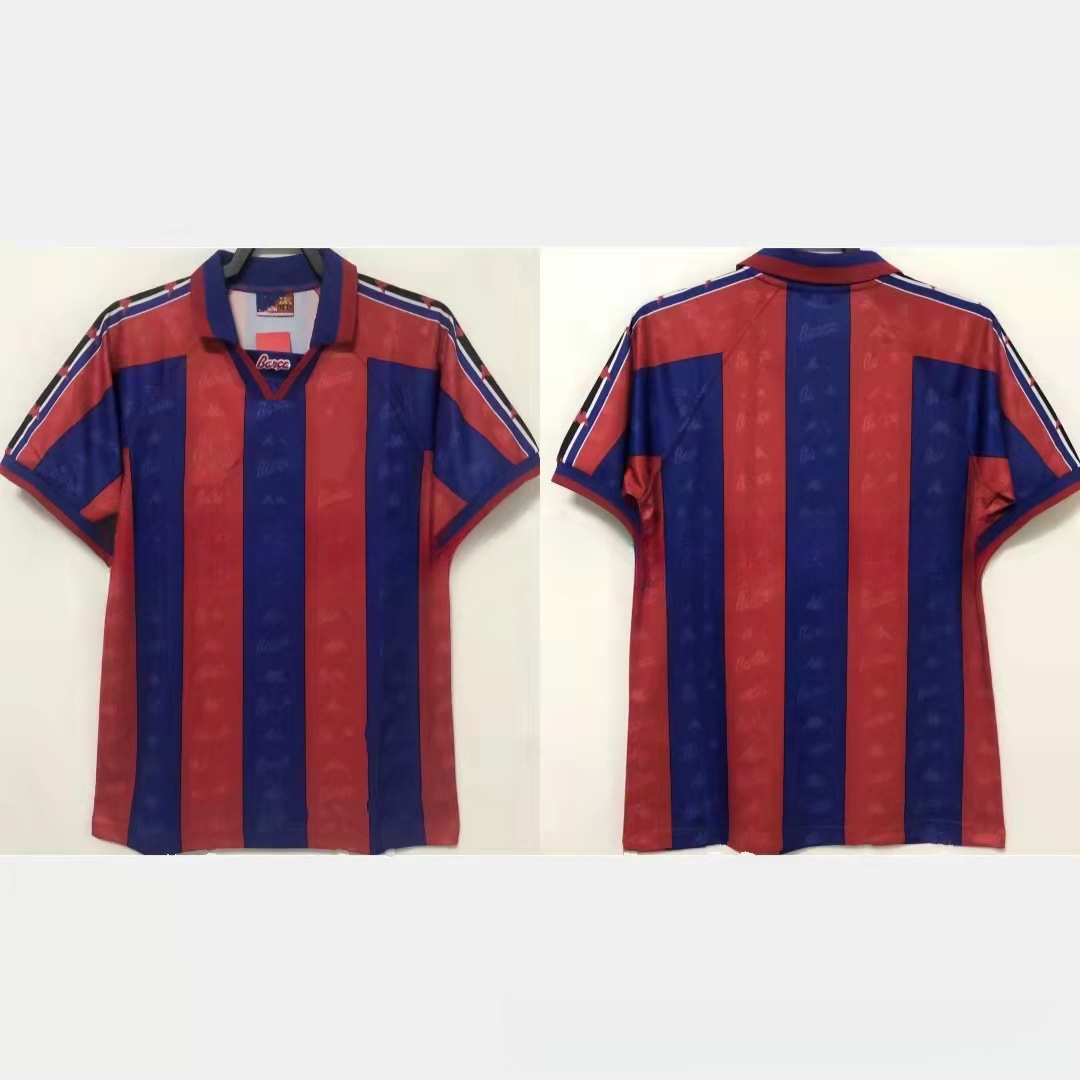
Market trends and consumer preferences
The design of jerseys is gradually moving towards personalization, with consumers showing a preference for diverse styles. Younger generations are inclined to choose jerseys with unique styles, incorporating elements such as retro and streetwear. Here are some specific market trends and consumer preferences:
In terms of color coordination, bright and contrasting color combinations are in high demand, such as neon green and azure blue. These colors not only enhance the visual impact of the jerseys but also improve the visibility of athletes during sports activities. Additionally, the incorporation of gradient color designs, which create a sense of depth, is also a current trend.
In terms of pattern design, in addition to the traditional elements like team logos and numbers, more brands are experimenting with cultural elements and artistic styles in jersey design. For example, some brands invite renowned artists or designers to participate in the design process, making the jerseys not only functional but also artistically valuable. Moreover, collaboration jerseys have become a trend, with brands releasing limited edition jerseys through partnerships with famous athletes, fashion brands, and others to satisfy consumers’ pursuit of uniqueness.
Functionally, modern jerseys are designed with a focus on performance features such as breathability and moisture-wicking. For instance, jerseys made from special fabrics can effectively reduce heat accumulation during athletic activities, enhancing performance. Some brands also offer jerseys with antibacterial and odor-resistant properties to improve comfort.
When it comes to size selection, consumers prefer more refined size options. Traditional jerseys were often one-size-fits-all, but modern jerseys now offer a range of sizes based on different height, weight, and chest circumference measurements, allowing consumers to find a style that fits them better.
The choice of jersey material also reflects consumer preferences. In addition to traditional materials like cotton and polyester, high-tech fabrics such as polyester and spandex, due to their excellent performance and comfort, are becoming the mainstream. Some brands also offer eco-friendly jerseys made from biodegradable materials to meet consumers’ demand for sustainability.
In terms of sales channels, online sales have become a significant growth point in the jersey market. E-commerce platforms and brand websites provide consumers with more choices and convenient purchasing options. The rise of social media has also provided new marketing tools for jersey brands, with interactions with fans and online events helping to boost brand recognition and sales.
In summary, market trends and consumer preferences are reflected in multiple aspects, including color, pattern, functionality, size, material, and sales channels. Brands need to keep up with market changes, continuously innovate in design, and meet the increasingly growing demands of consumers.

Case Study: Successful Sports Jersey Brand
Successful sports jersey brands often possess the following characteristics:
Deep Brand History and Unique Cultural Heritage. For example, a well-known brand has, since its inception, adhered to the philosophy of “Professionalism, Innovation, and Excellence.” Through continuous technological and design innovations, it has gained widespread recognition.
Distinct Design Style, Keeping Pace with Fashion Trends. Successful brands focus on details in jersey design, not only meeting the performance requirements of athletes but also integrating fashionable elements to cater to individual consumer needs. For instance, a brand’s jerseys feature three-dimensional cutting, which not only conforms to human ergonomics but also has a stylish appeal.
High-Quality Fabrics to Ensure Performance. High-quality fabric is the core of sports jerseys, and successful brands typically choose premium materials with properties such as breathability, quick-drying, and antibacterial, ensuring athletes maintain optimal conditions during intense matches.
Brand Image Building to Strengthen Brand Influence. Successful brands enhance their brand recognition and reputation through sponsorships of top-level events and collaborations with renowned athletes. For example, a brand’s association with a football has deeply ingrained its brand image in consumers’ minds.
Flexible Marketing Strategies to Precisely Reach Target Consumers. Successful brands excel in marketing by utilizing a combination of online and offline channels, through social media, e-commerce platforms, and other channels to achieve precise marketing and increase conversion rates.
Comprehensive After-Sales Service to Enhance Customer Satisfaction. Successful brands prioritize customer experience by providing comprehensive after-sales services, including return and exchange policies, customer consultations, etc., to enhance customer satisfaction and loyalty.
Brand Collaboration and Expansion for Diversified Development. Successful brands, while maintaining their core business, actively expand into new business areas, such as launching spin-off products and cross-industry collaborations, to achieve diversified development.
Innovative Research and Development to Lead Industry Trends. Successful brands continue to invest in research and development, constantly introducing innovative products that lead industry trends. For example, a brand’s smart jerseys, which integrate health monitoring and real-time data transmission functionalities, have received great market popularity.
Corporate Social Responsibility to Establish a Positive Brand Image. Successful brands place importance on corporate social responsibility, establishing a good corporate image through participation in public welfare activities and environmentally friendly production, enhancing brand competitiveness.
Through these case studies, it can be seen that the performance of successful sports jersey brands in the market is not only due to the quality and design of their products but also lies in their comprehensive strength and market strategies. These brands stand out in the intense market competition by maintaining their unique characteristics, keeping up with market trends, and meeting consumer demands.
